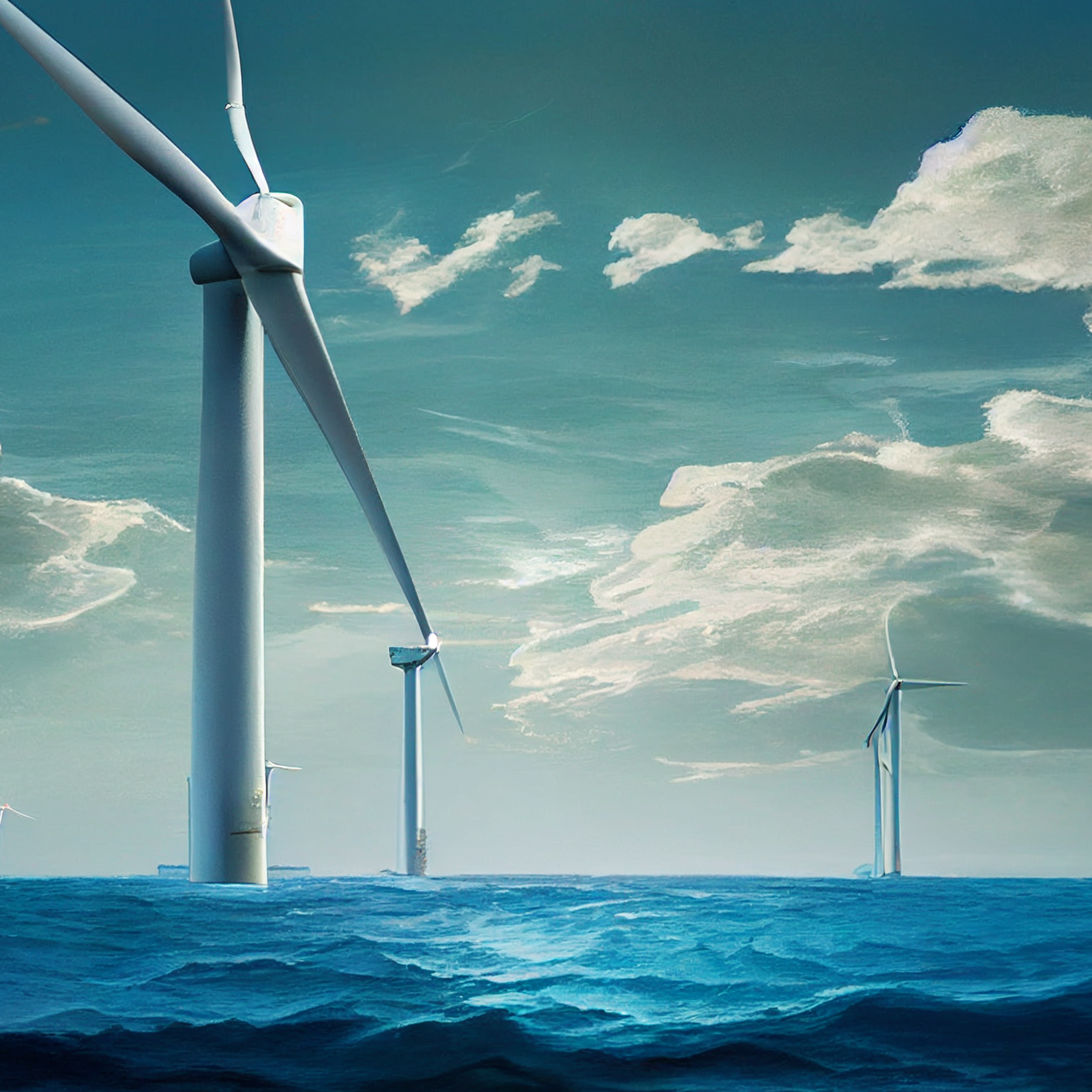Will New Offshore Wind Auction Rules Level the Playing Field for Foreign Companies?

Auctions for the next round of offshore wind developments in Japan are due to restart at the end of this year under rules revamped in response to criticism of the previous bidding process. The changes are in part designed to encourage the continued participation of overseas developers, which is recognised as vital if Japan is to fully leverage its offshore potential. This comes at a time when both the shift to decarbonised energy systems and the need for greater energy security are more urgent than ever.
Consortia led by Mitsubishi Corp won all three projects in the December 2021 auction round, leading to grumbles about opaqueness in the selection criteria, the low prices of its bids and possible favouritism towards domestic firms. The two bodies overseeing the auction process — the Ministry of Economy, Trade and Industry (METI) and the Ministry of Infrastructure, Land and Tourism (MILT) — postponed the next auction, originally slated for June, to December and revised the rules.
Included in the new criteria is a measure to stop one company bidding for more than 1GW (1,000MW) in total capacity in a single round – a clear response to Mitsubishi’s clean sweep last year.
Time and money
Another change relates to the pricing criteria, which will account for up to half of the points scale on which bids will be assessed. Mitsubishi’s prices were so low in the previous round that some industry insiders suggested it was planning to sell the electricity generated at a loss, a charge it has since denied. This time around the price level will be set and announced in advance.
One of the reforms that is being welcomed by international developers is the greater emphasis to be placed on construction timelines, with points to be awarded to plans that will begin delivering electricity from projects more quickly.
Japan’s government has set an ambitious target of a 46% cut in carbon dioxide emissions from 2013 levels by 2030, on the way to carbon neutrality by 2050. Offshore wind is expected to contribute to decarbonisation as part of a growth in renewable energy capacity.
Urgent requirements
Meanwhile, the global energy crisis has driven home another huge advantage of having secure supplies of domestically-produced energy, something that should accelerate development of the sector in Japan.
Shorter construction timelines are possible, as evidenced by the smaller-scale 112MW project in Ishikari Bay, Hokkaido, which US-based Pattern Energy recently began construction on. It will also include a large onshore battery storage facility, use Siemens Gamesa turbines and is due to be fully operational by the end of next year.
Near the location of two of the projects from last year’s auction, Akita Offshore Wind Corp consortium of domestic firms began work on a 140MW offshore farm in 2020, and in July erected the first of 33 Vestas turbines that are set to be operational by year-end.
Wind in its sails
This burgeoning sector will require an expanding specialised workforce to allow it to keep growing and generating more electricity. Experts in everything from wind resource assessment, turbine design and manufacture, port infrastructure, service vessels, installation and project management are all going to be in high demand.
There is much more to come once the real potential of Japan’s offshore wind, which lies in the floating turbines that can operate in the deep waters that live relatively close to its shoreline. The required technology is still at a nascent stage, but as that progresses, demand for the relevant human resources will jump again.
We are looking for candidates with energy (Oil&Gas, LNG, Thermal, Renewable) experience:
• Technical Project Engineer/Manager (EPC background)
• Commercial Manager
• Electrical Engineers
• Business Development (energy)
• Project Development (energy, trading house)
By: Gavin Blair
